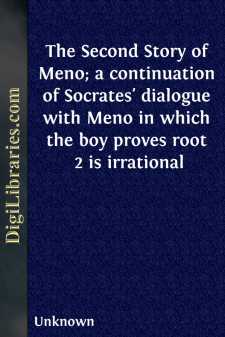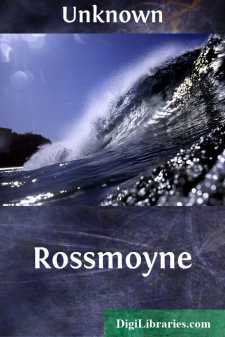Categories
- Antiques & Collectibles 13
- Architecture 36
- Art 48
- Bibles 22
- Biography & Autobiography 813
- Body, Mind & Spirit 142
- Business & Economics 28
- Children's Books 17
- Children's Fiction 14
- Computers 4
- Cooking 94
- Crafts & Hobbies 4
- Drama 346
- Education 46
- Family & Relationships 57
- Fiction 11829
- Games 19
- Gardening 17
- Health & Fitness 34
- History 1377
- House & Home 1
- Humor 147
- Juvenile Fiction 1873
- Juvenile Nonfiction 202
- Language Arts & Disciplines 88
- Law 16
- Literary Collections 686
- Literary Criticism 179
- Mathematics 13
- Medical 41
- Music 40
- Nature 179
- Non-Classifiable 1768
- Performing Arts 7
- Periodicals 1453
- Philosophy 64
- Photography 2
- Poetry 896
- Political Science 203
- Psychology 42
- Reference 154
- Religion 513
- Science 126
- Self-Help 84
- Social Science 81
- Sports & Recreation 34
- Study Aids 3
- Technology & Engineering 59
- Transportation 23
- Travel 463
- True Crime 29
The Mysterious Murder of Pearl Bryan or: the Headless Horror.
by: Unknown
Categories:
Description:
Excerpt
ort Thomas, Kentucky, is most beautifully located near the banks of the Ohio river, on the Highlands, just above and on the opposite side from Cincinnati, Ohio. Although a comparatively new U. S. Military Post, it has long been a historical point, and in the early days of the Corncracker State, and while yet a portion of the County of Kentucky in the State of Virginia, was the home of the red men. There are persons yet living whose parents fought bloody battles with the Indians on the ground now occupied as a U. S. Fort, and that adjacent thereto; a picturesque portion of which is the scene of this true narrative of one of the most terrible tragedies of the nineteenth Century.
The tragedy referred to was committed at the dead of night in a lonely spot near the Fort, January 31st, 1896.
By the manner in which it was committed, it re-called the days of old, when tyrants beheaded their victims, and the murderer at heart, who was yet too cowardly to commit the deed, hired some one to do it, requiring in evidence that the deed had been done, that the head should be severed from the body and returned to the employer.
To re-call such deeds of horror to the minds of the people of a highly civilized nation at the close of the nineteenth Century by the actual commission of a similar deed, struck horror to the hearts of the people, and they were worked up to a pitch that had never been witnessed in this country before. Telephones and telegraph were called into service, and the finding of the headless body of a young and doubtless beautiful woman in a sequestered spot near Fort Thomas, was flashed around the world. So shocked was the country over this ghastly find that the metropolitan papers from one end of this country to the other informed their representatives in the Queen City to wire full particulars of the horrible deed, without any limit to the words to be used.
It was the most diabolical cold-blooded premediated outrage ever committed in a civilized community. The entire surrounding country, including the three cities, Cincinnati, O., Covington and Newport, Ky., were startled from center to circumference and aroused as it never had been before. The Sixth Regiment U. S. Infantry, commanded by Col. Cochran, which is stationed at Fort Thomas, was astounded that such an outrage should be committed almost within the guard lines of the Fort. Aged and battle-scarred veterans who had gone through the great civil war, only a generation before, when brother stood in battle array against brother, father against son, neighbor against neighbor, flocked to the spot where the headless body lay, and stood with blanched faces, struck dumb with amazement, at the boldness of the deed and horrible manner in which it had been committed.
In an old orchard in the confines proper of the Fort, about midway between the Highland and Alexandria pikes, on the farm of James Lock, and near the fence which acts as a boundary line for Mr. Lock's farm, was found by James Hewling, a young man, on Saturday morning, Feb. 1., 1896, the decapitated body of a young woman of venus-like form, the headless body lying with the neck in a pool of blood.
From the position of the body it was evident that the woman had been thrown down violently and then her head deliberately severed with a dull knife. The severance was made below the fifth vertebra. Judging by the pool of blood, life had been extinct from four to eight hours when the body was found.
The clothing of the woman was of poor quality. The dress was light blue and white, small pattern check, of cotton, worn tight across the back and loose in front. She also wore a dark blue skirt and a union suit of underwear....




![The Golden Mean or Ratio[(1+sqrt(5))/2]](https://digilibraries-com.s3.eu-central-1.amazonaws.com/covers/762d190f-63a4-489a-b897-ff78516bd105.jpg)







